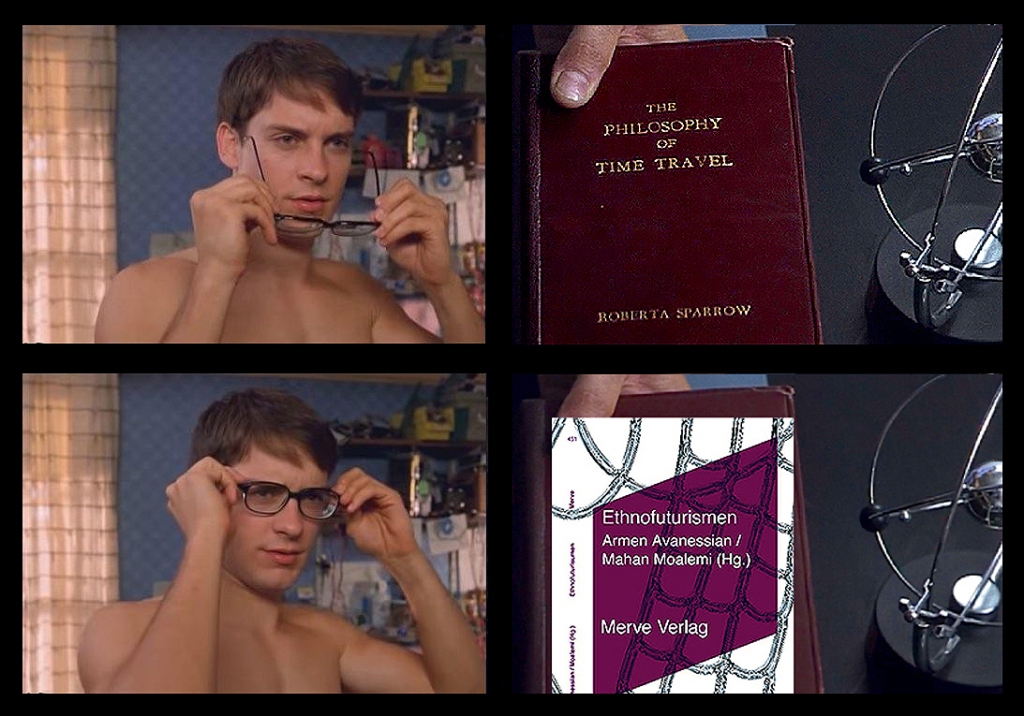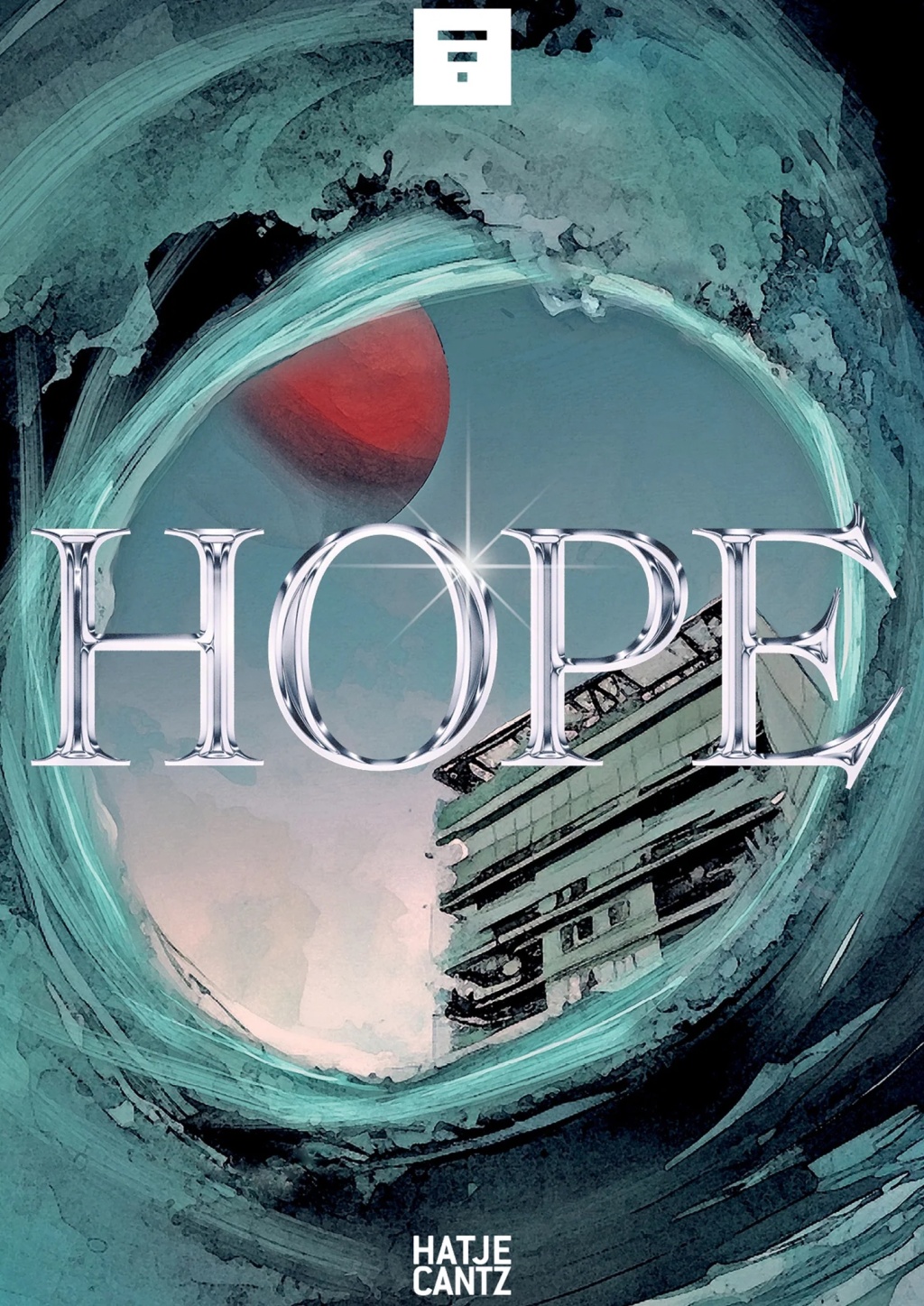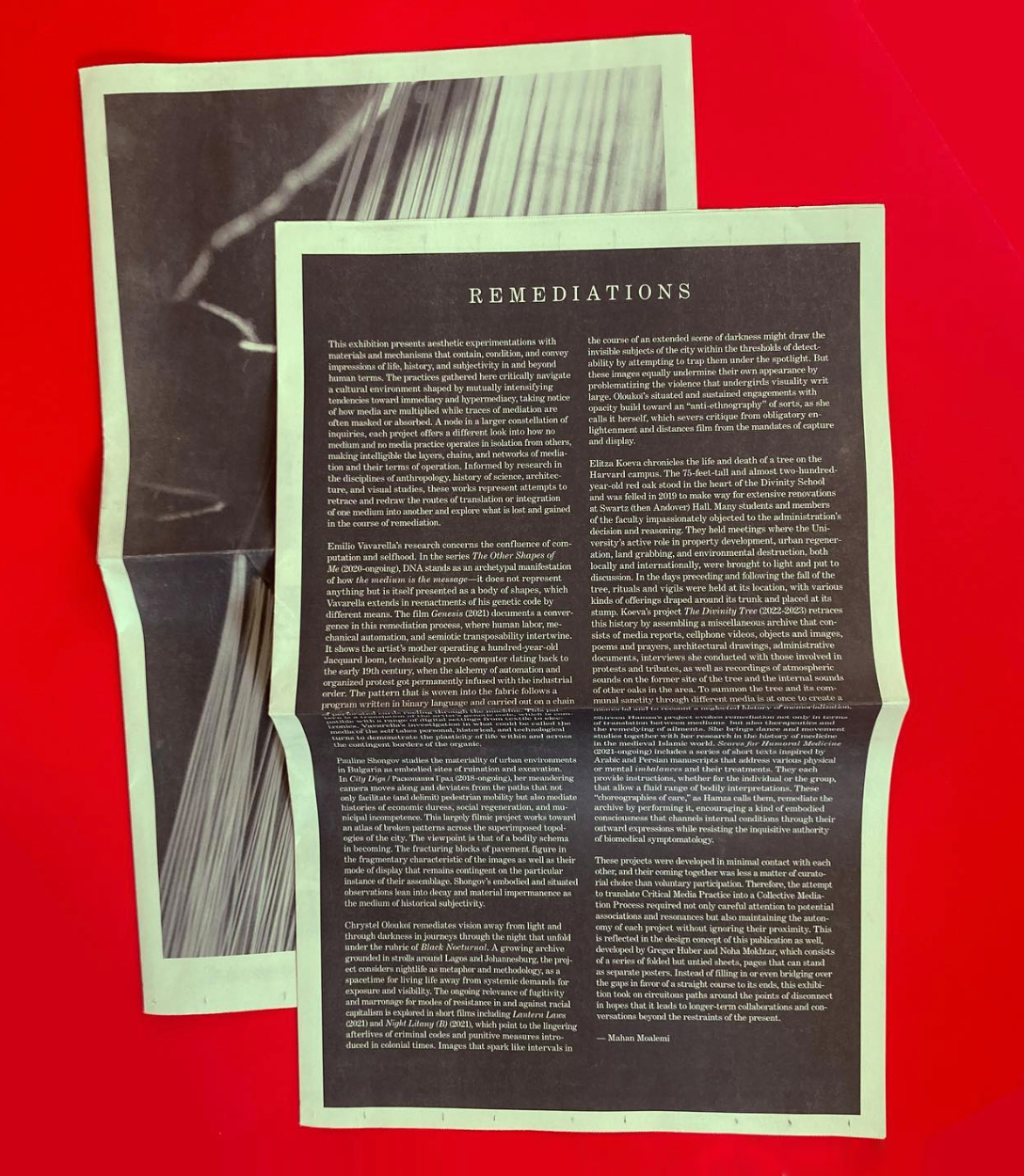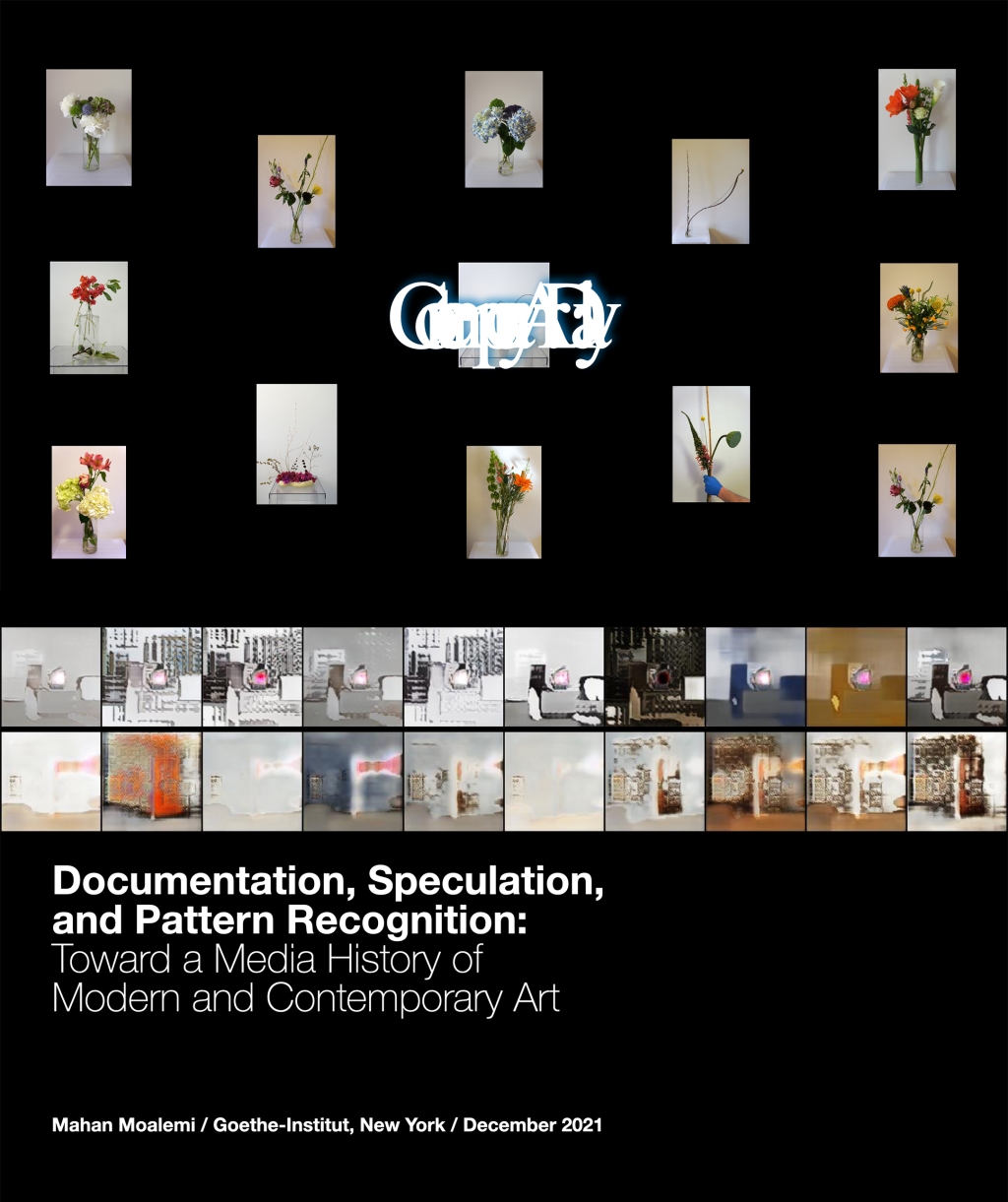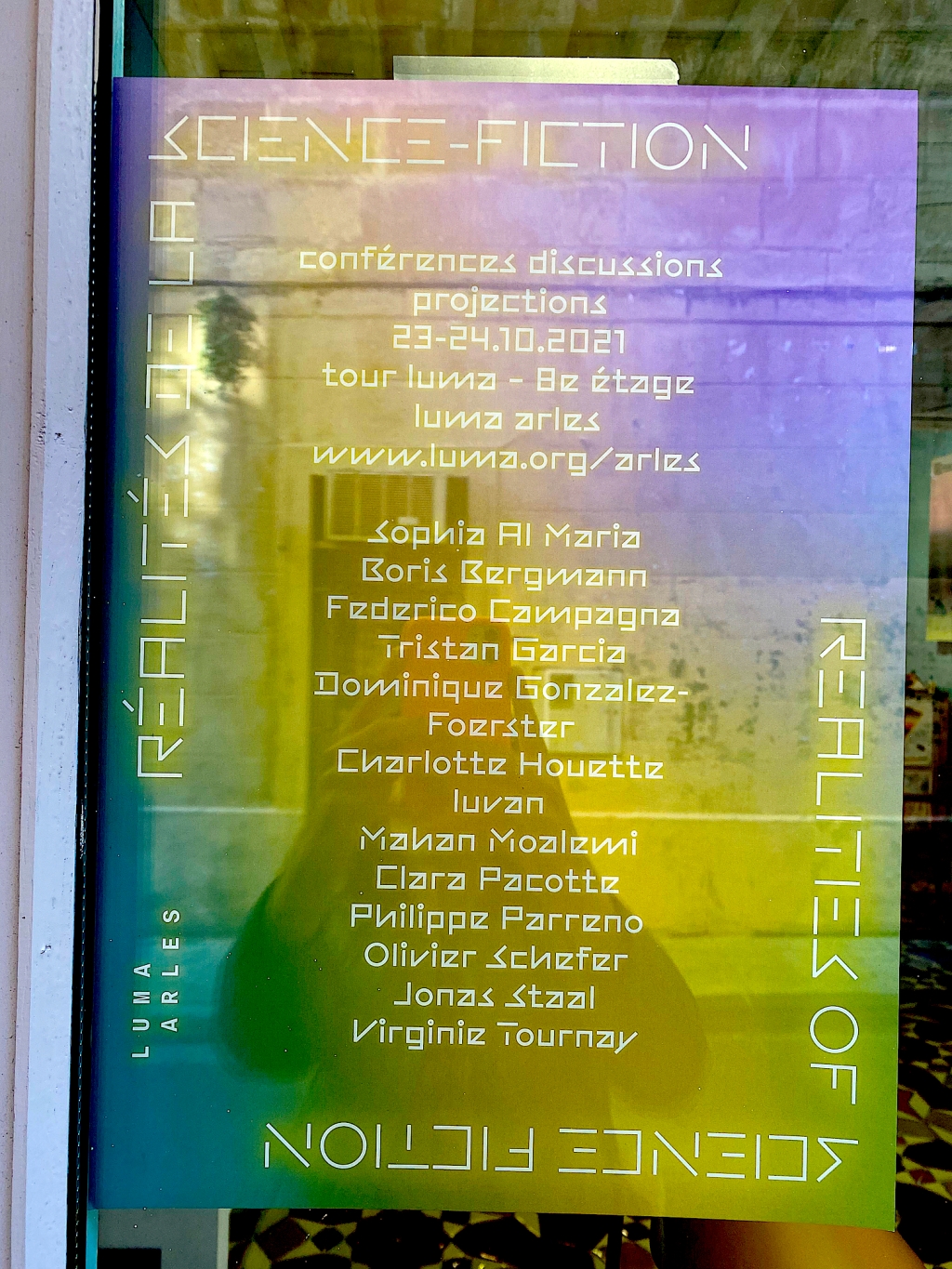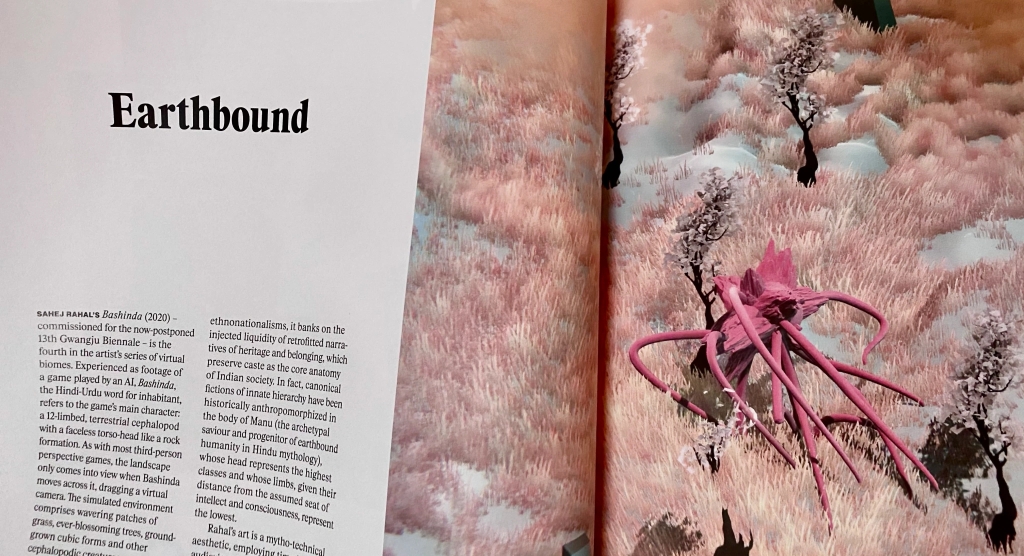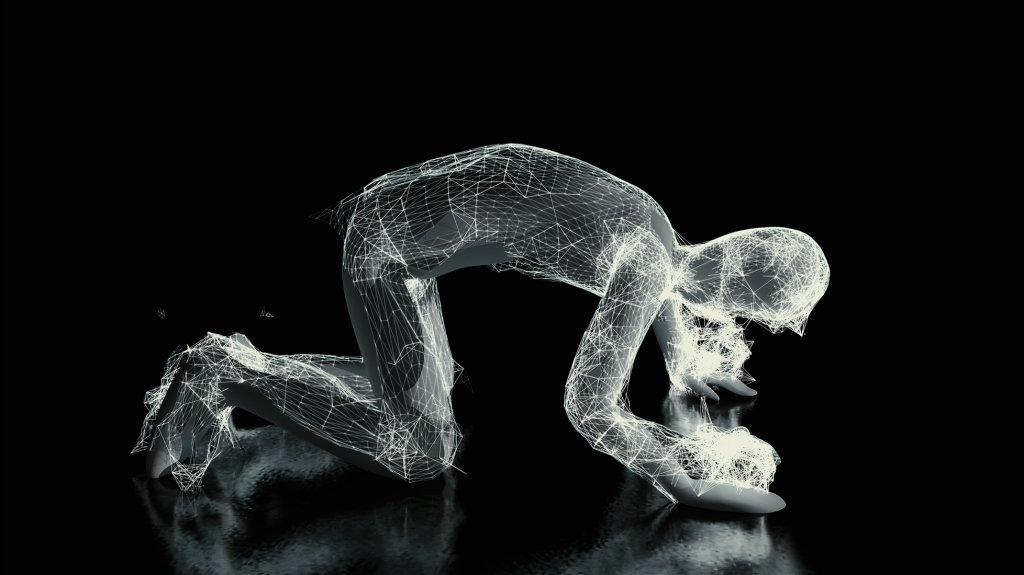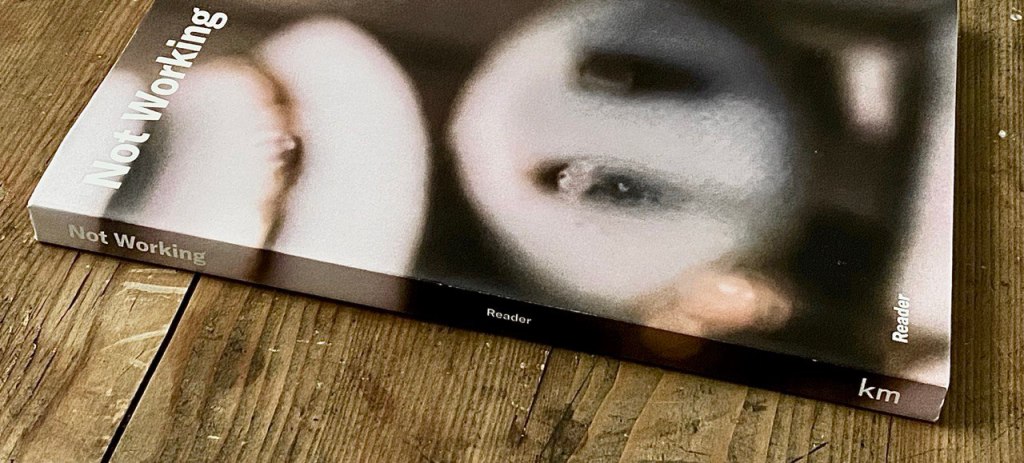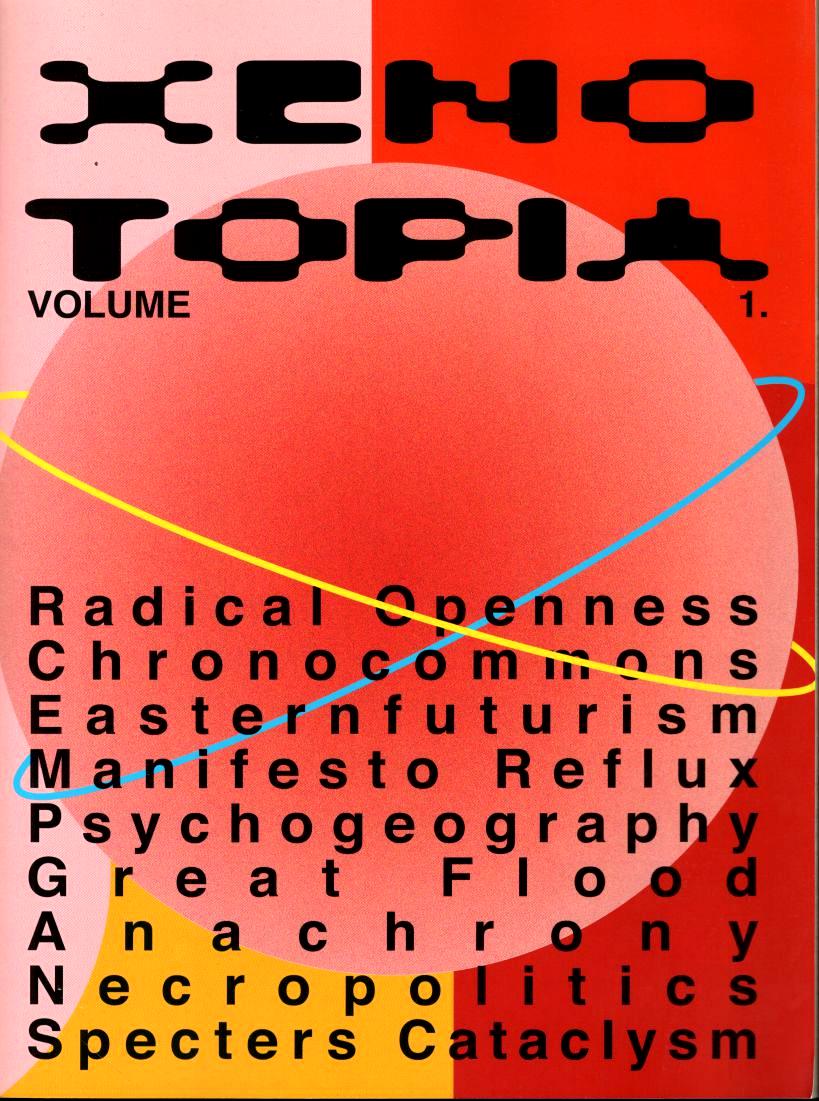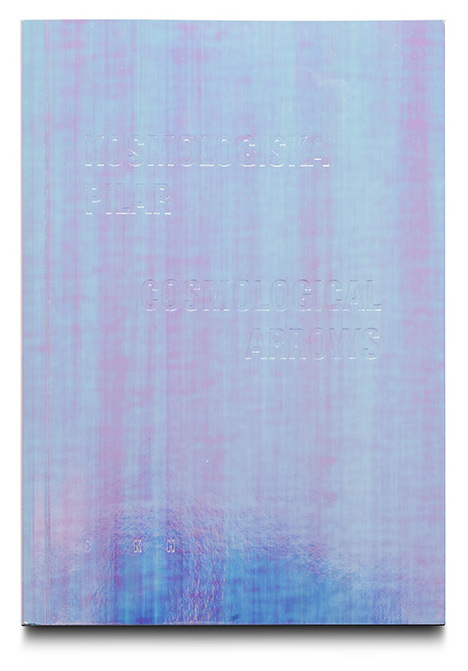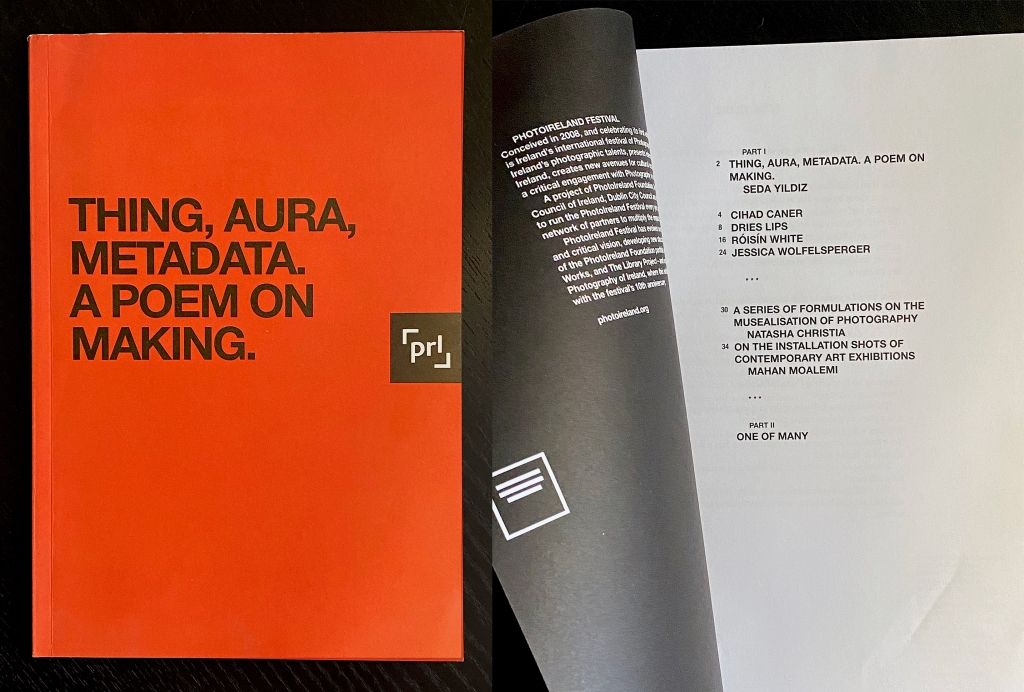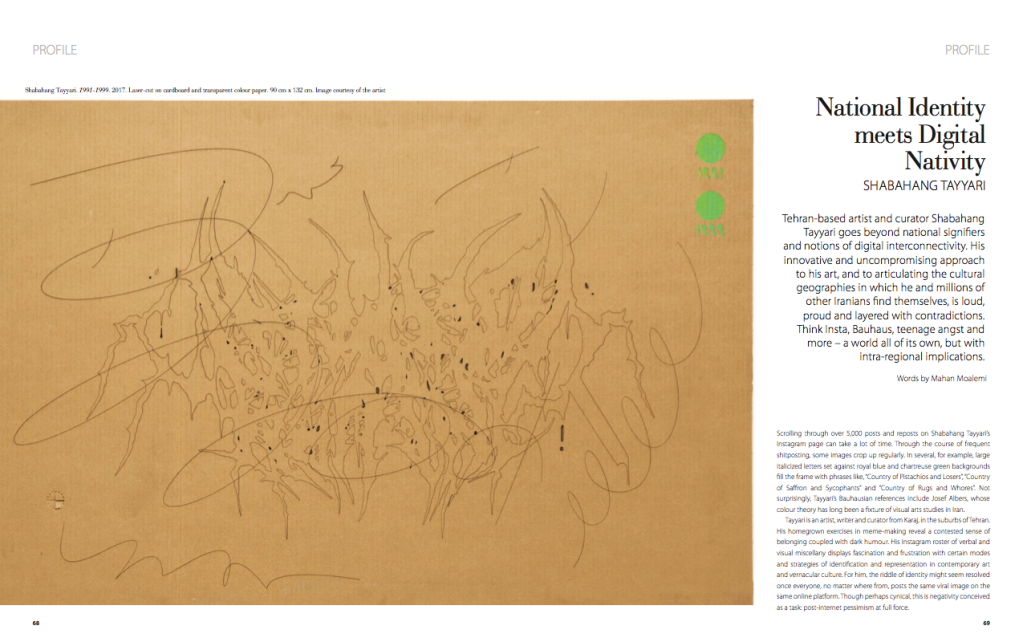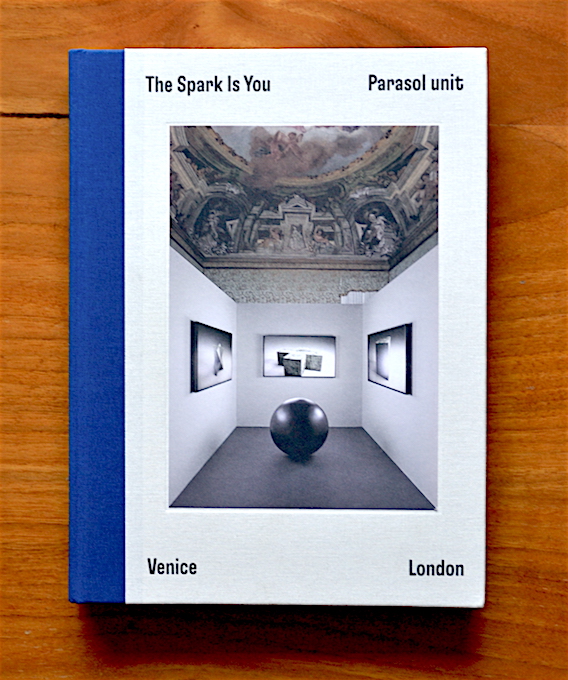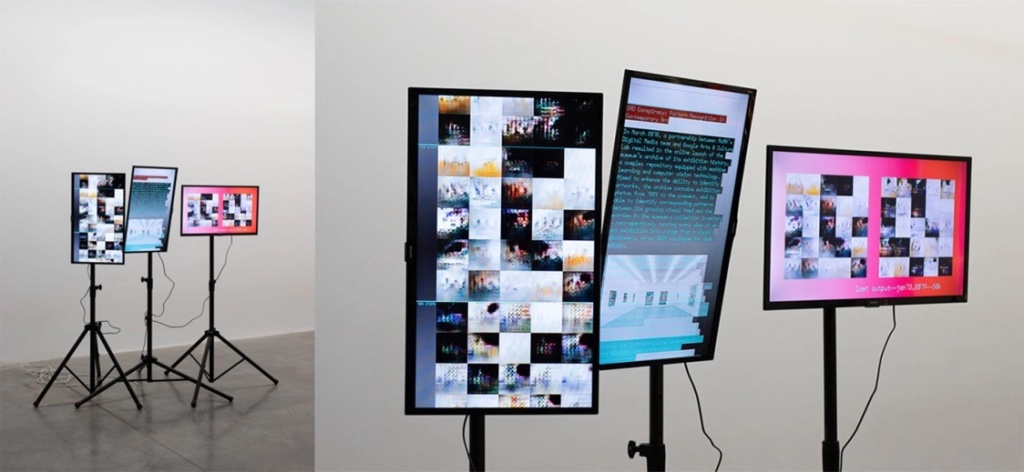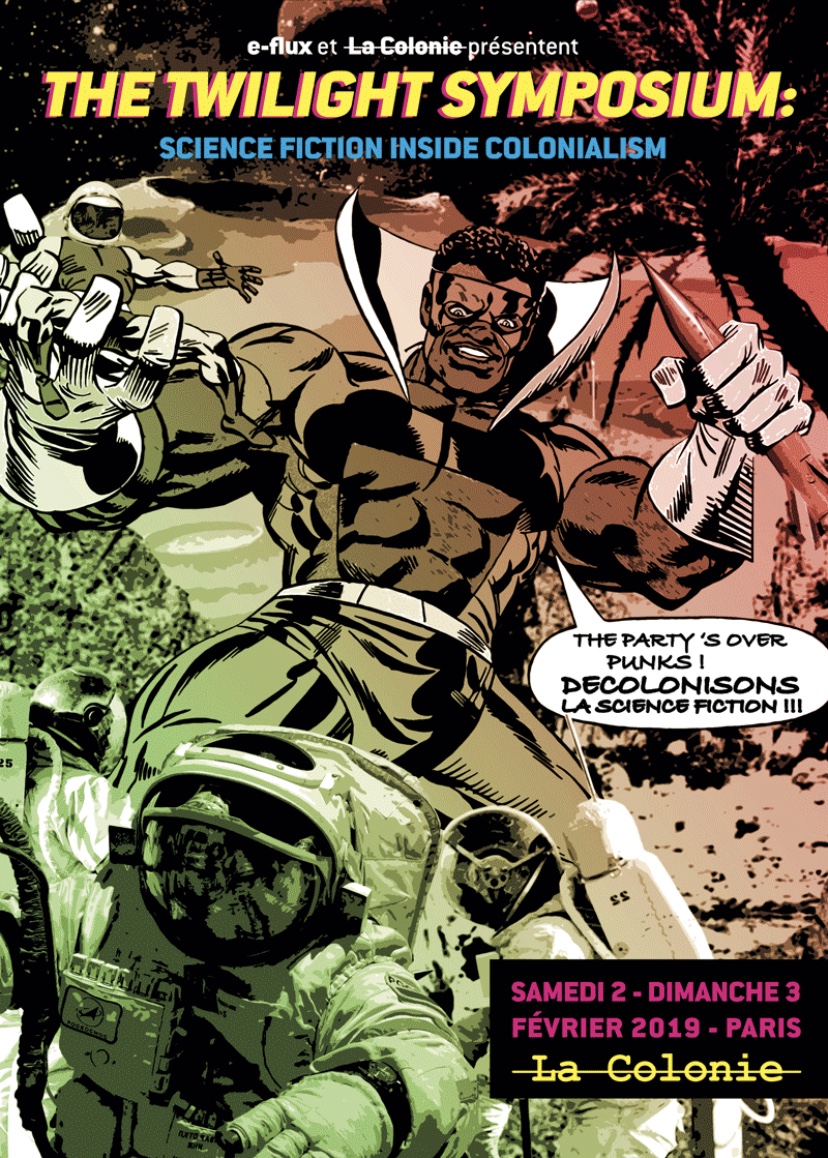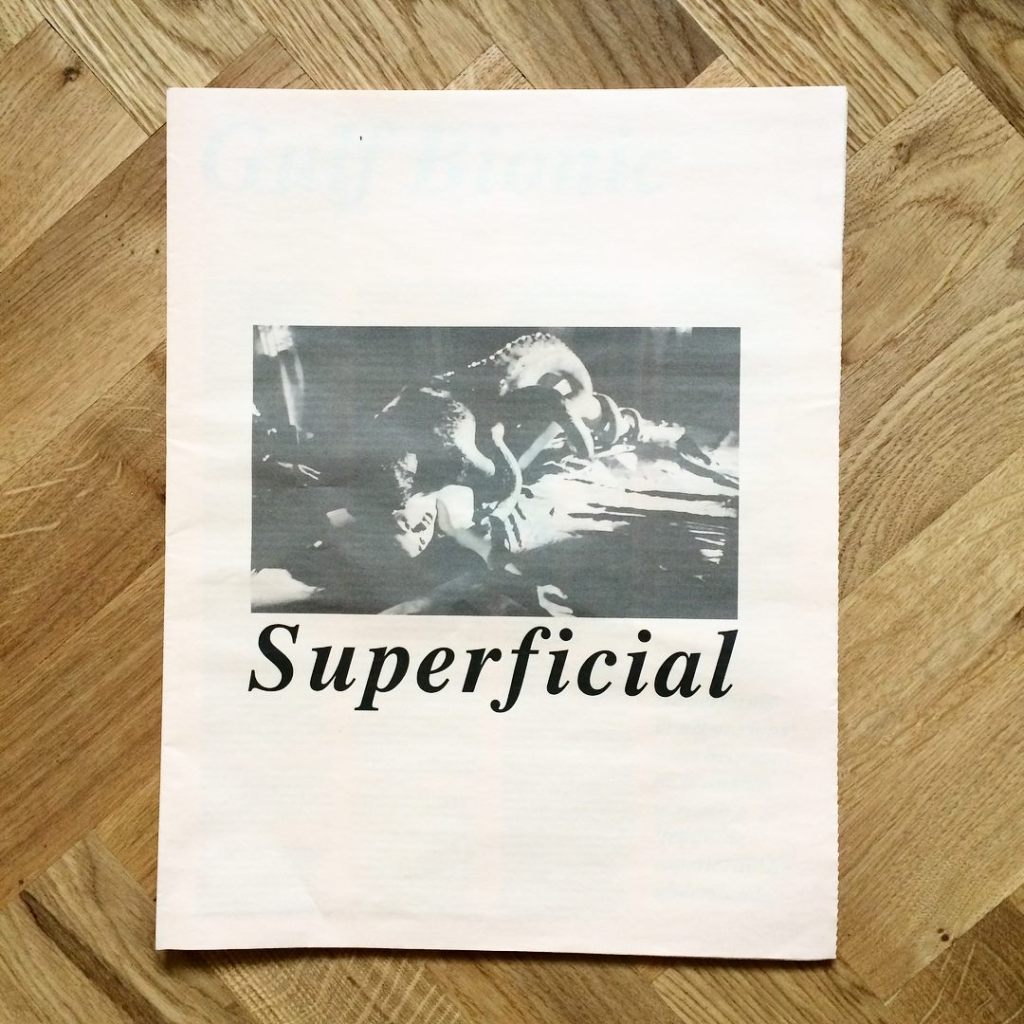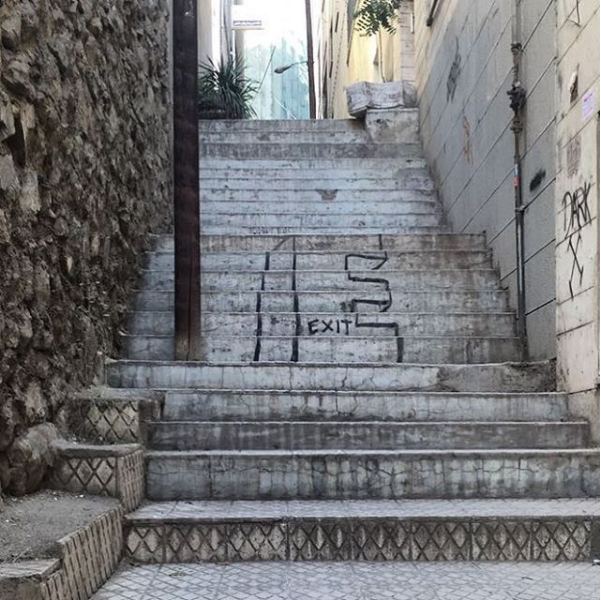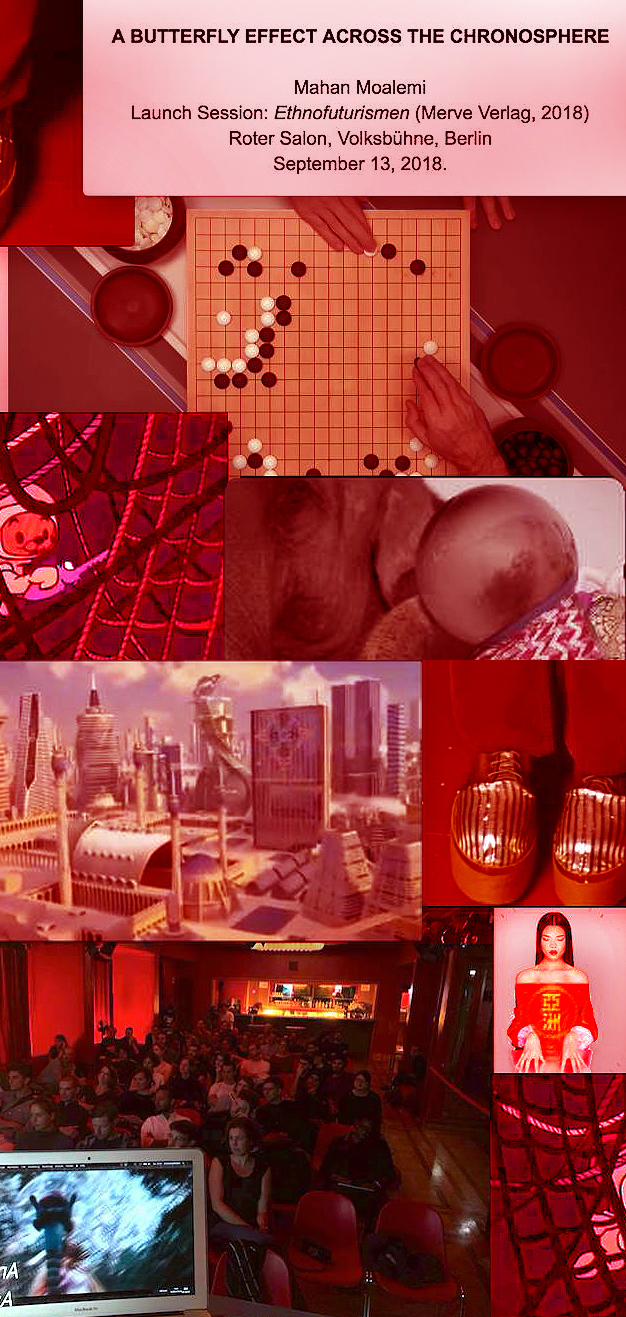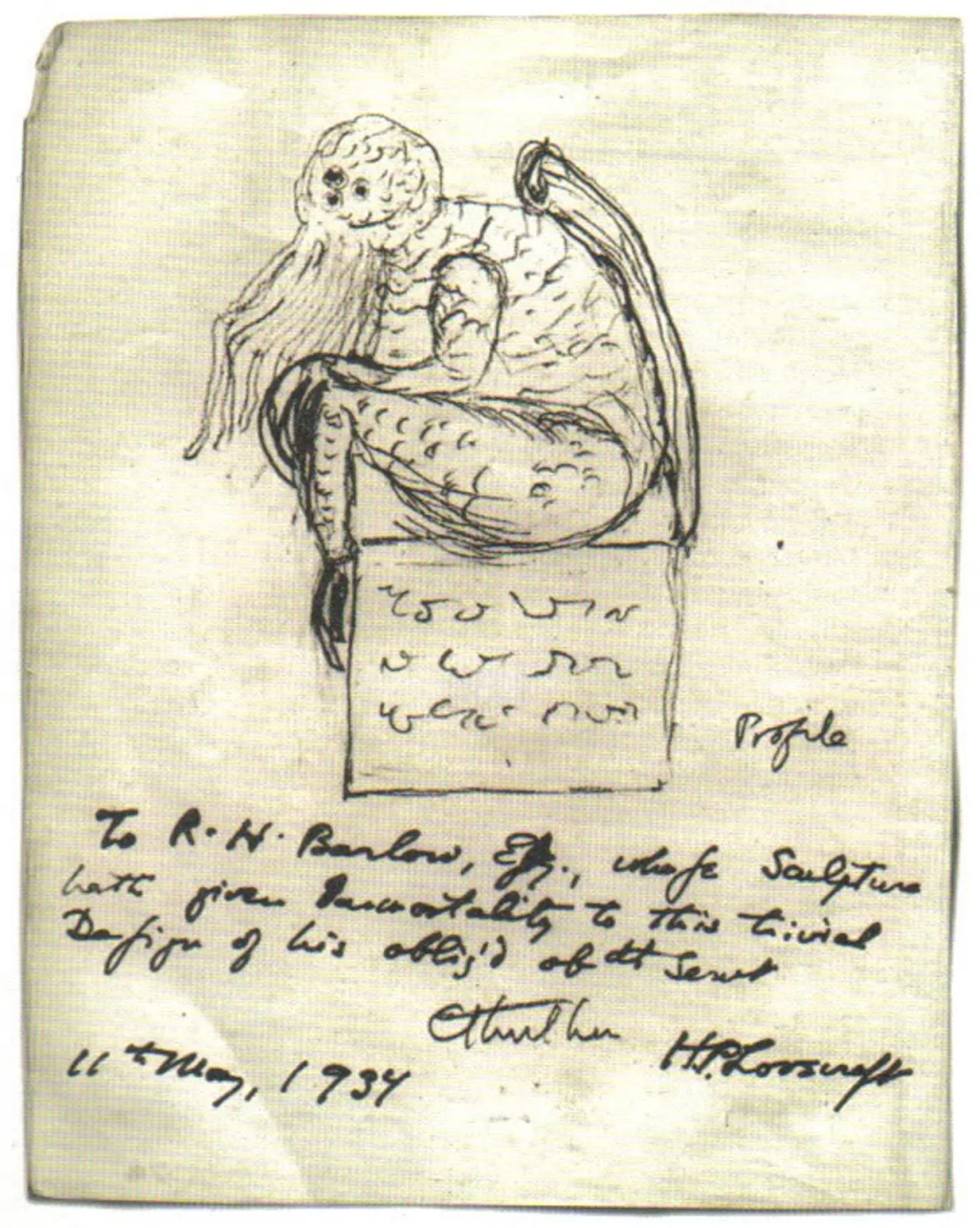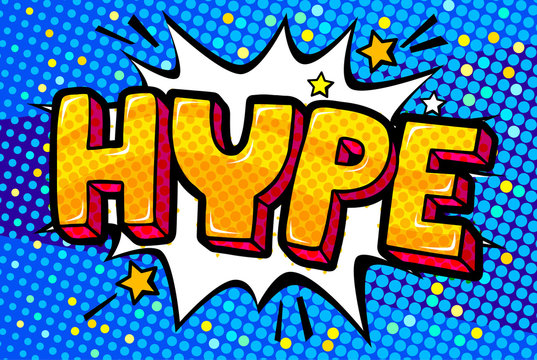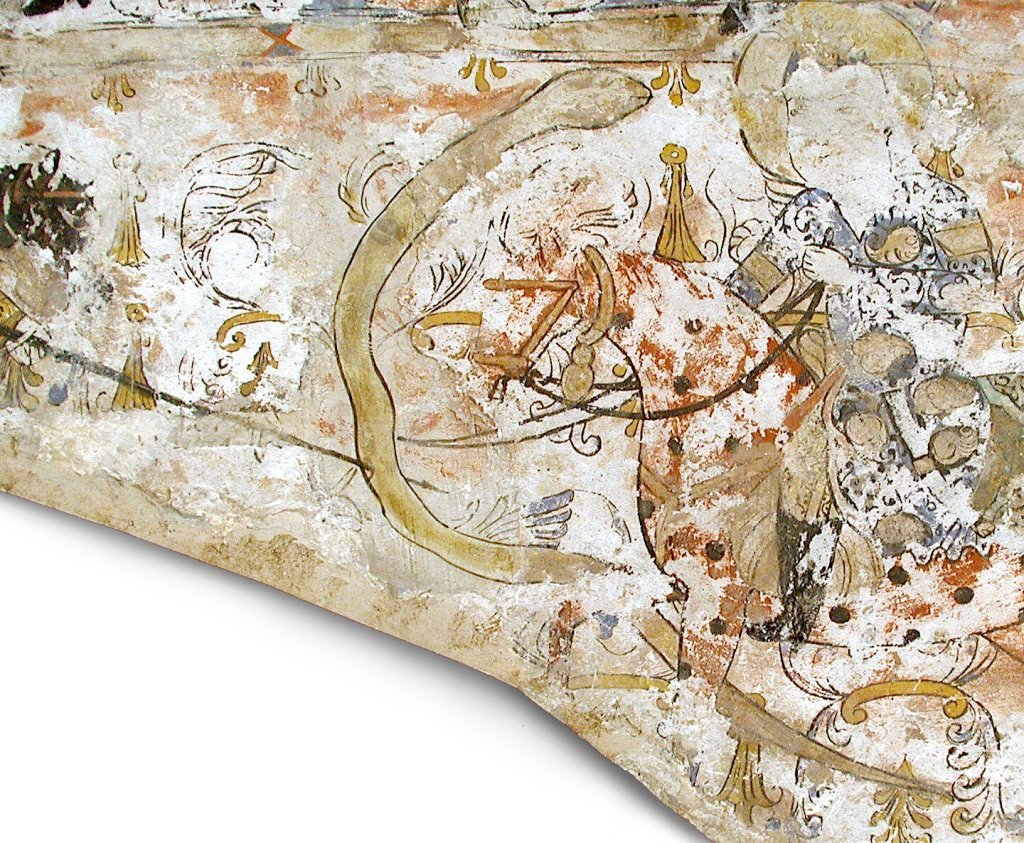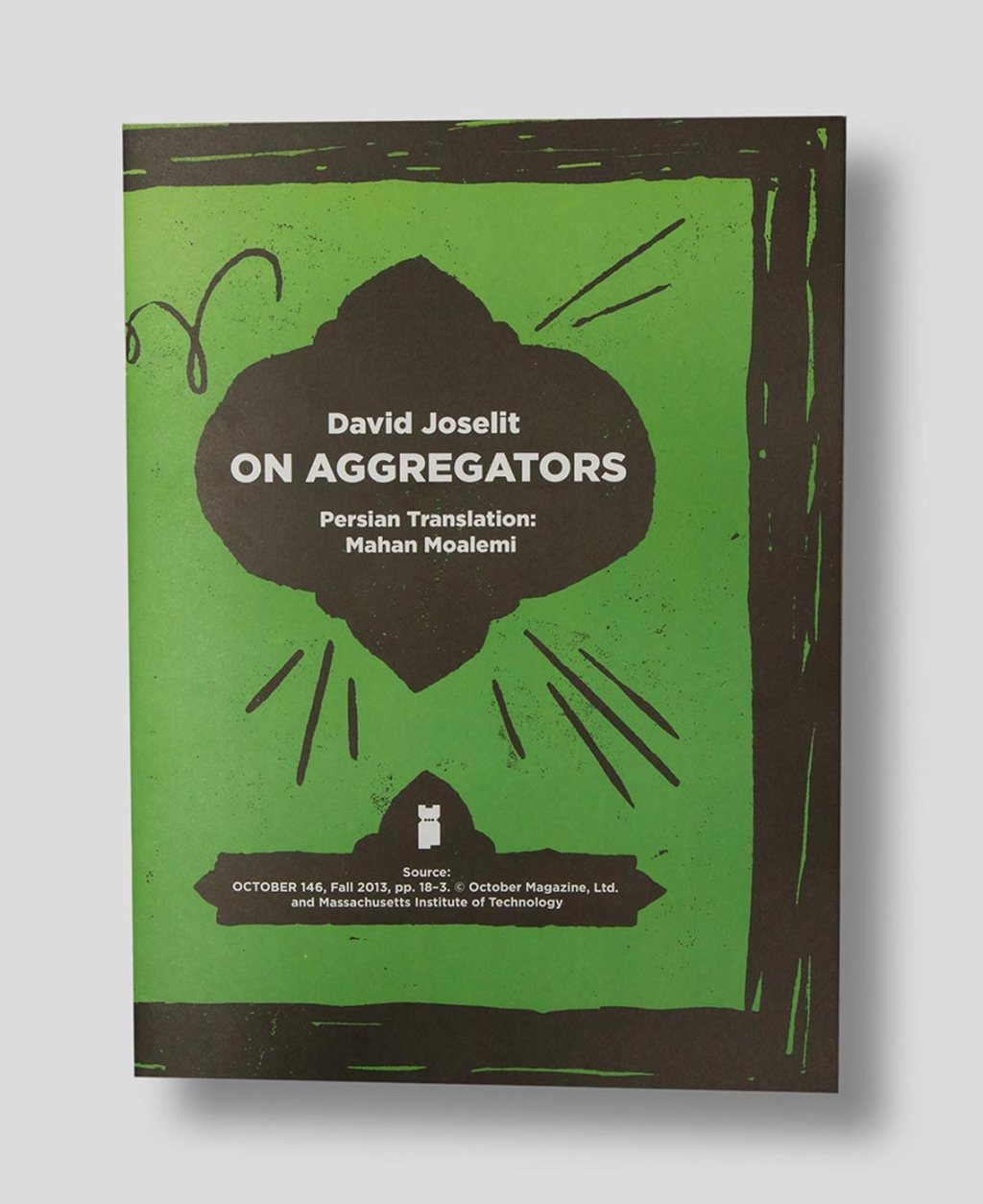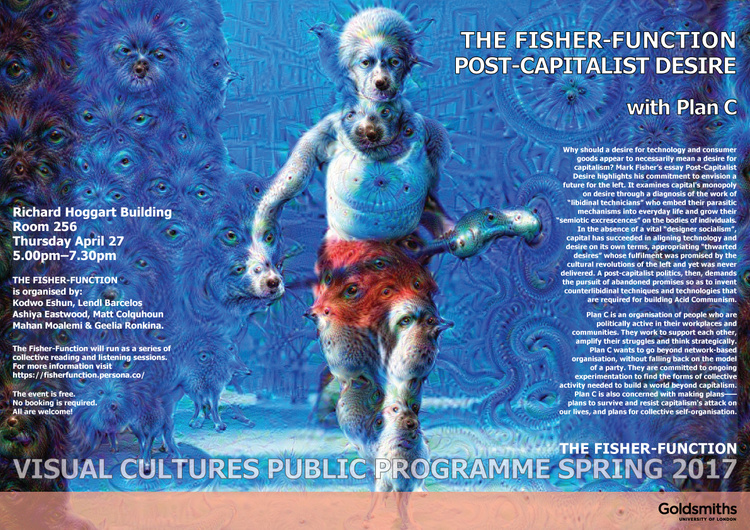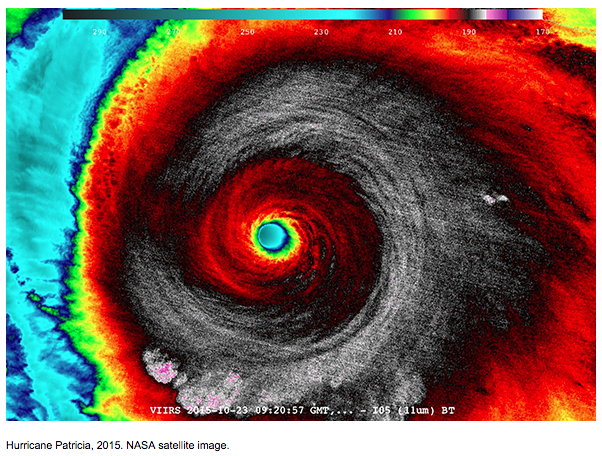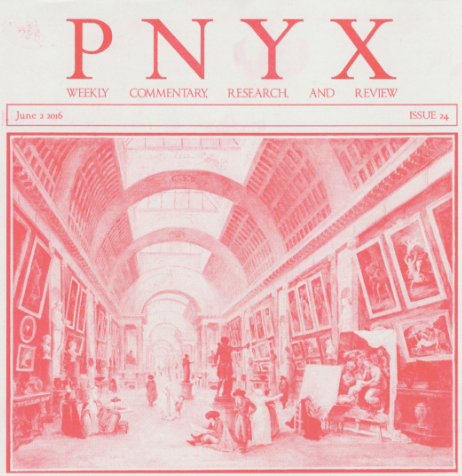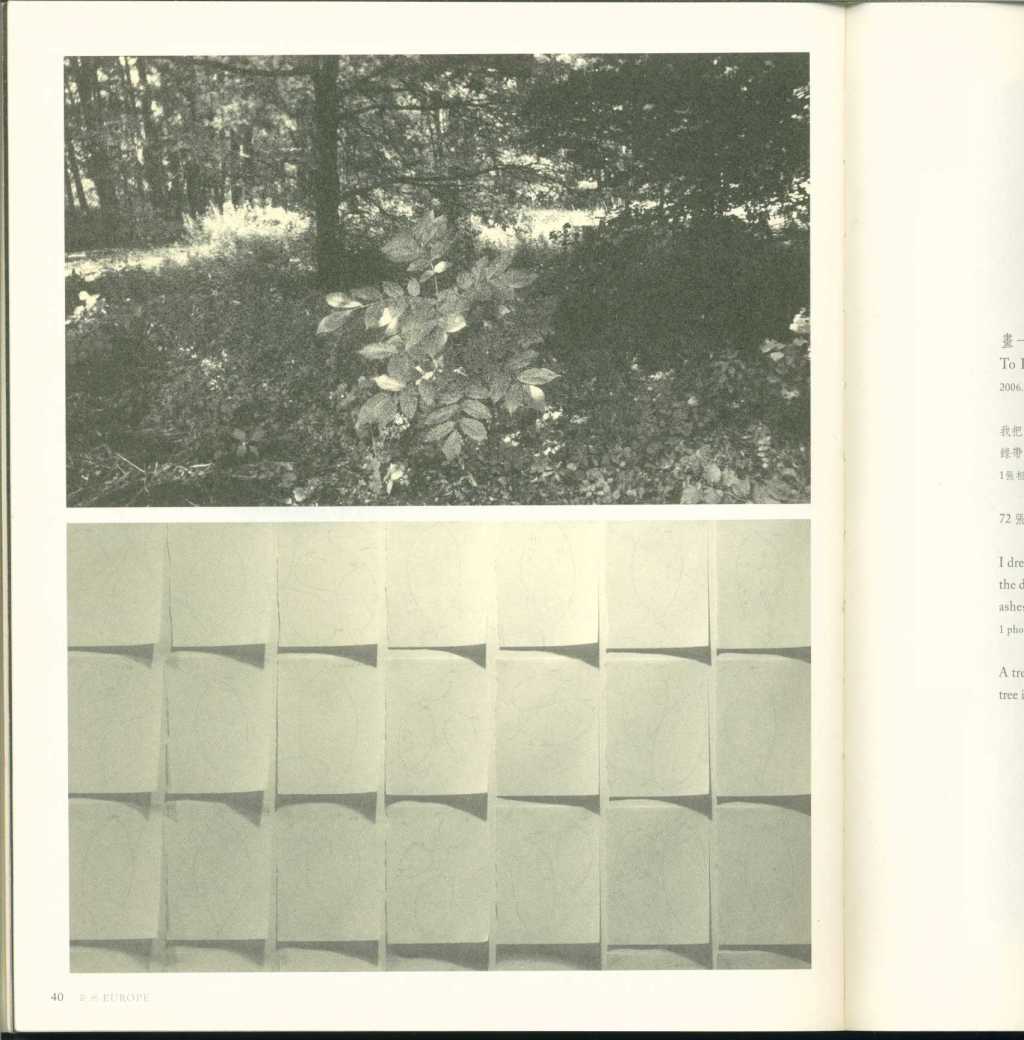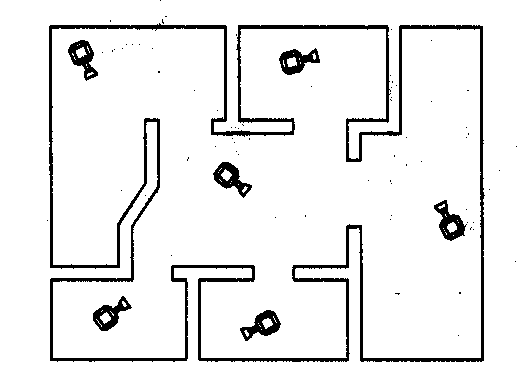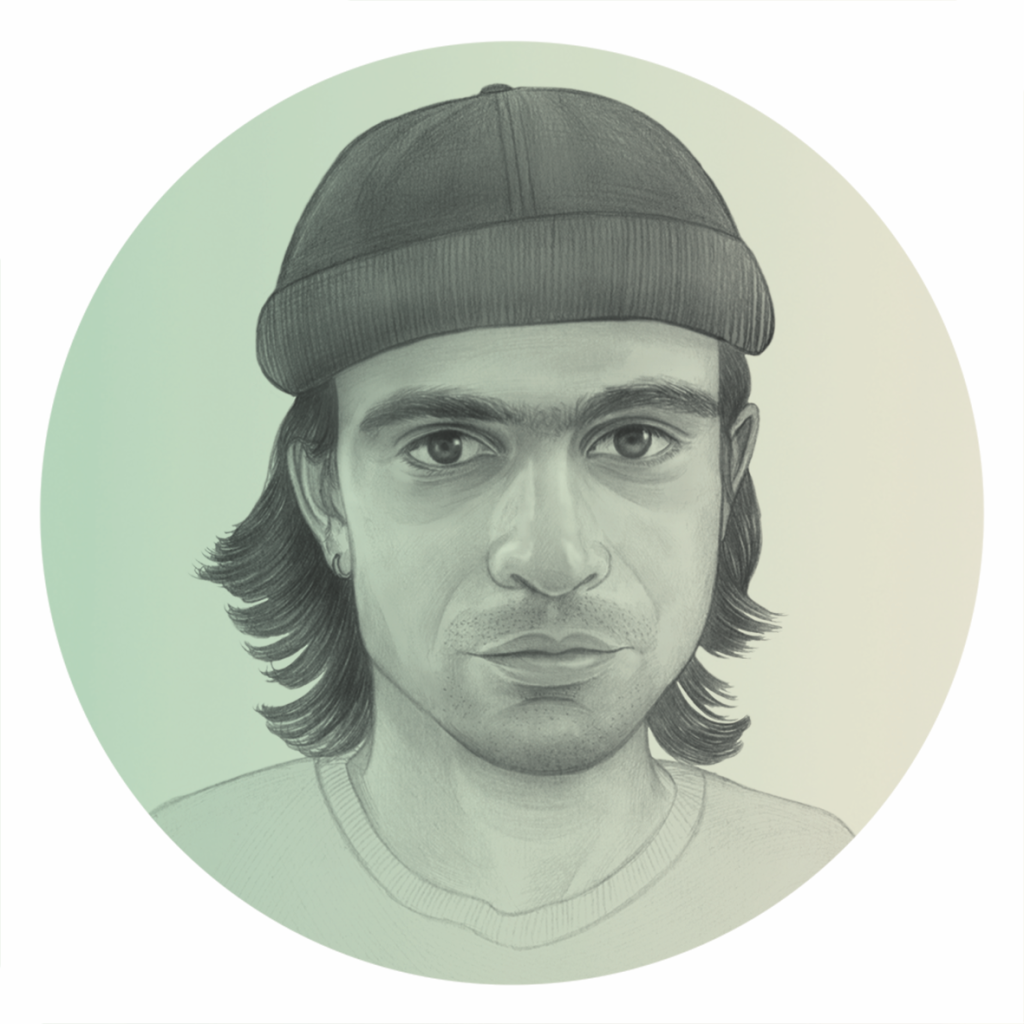
Mahan Moalemi is a critic, curator, and doctoral candidate in film and visual studies at Harvard University. He previously studied at Goldsmiths, University of London and the Art University of Isfahan in Iran. He has held fellowships and residencies at the Carpenter Center for the Visual Arts, Kunstverein München, Para Site, Alserkal Arts Foundation, and the Derek Bok Center for Teaching and Learning. He has delivered presentations and participated in panel discussions at venues such as Bonniers Konsthall, La Colonie, and the LUMA Foundation. He is the co‑editor of Ethnofuturisms (Merve Verlag, 2018) and has written for Art in America, Cabinet, Domus, e‑flux, Frieze, and Spike among other journals, edited volumes, exhibition catalogues, and artist monographs.
portrait by Denise Nestor
2023
⚫️ This Machine Creates Opacities: Pope.L’s Corbu Pops
⚫️ Beyond Hope
⚫️ Solid Projections: Beth Collar, Coleman Collins, Nevine Mahmoud, and Jeffrey Stuker
⚫️ Remediations: Shireen Hamza, Elitza Koeva, Chrystel Oloukoï, Pauline Shongov, and Emilio Vavarella
2022
⚫️ A Carrier Bag Theory of Friction and Other Haptic Dramas: On the Films of Maryam Tafakory
⚫️ Evoking the Space of the Screen: On the Paintings of Hoda Kashiha
⚫️ Archived Opposition: “Art for the Future”
2021
⚫️ Ethnofuturity and the Many Ends of (World) History
⚫️ An Introduction to Ethnofuturisms
⚫️ The Geopolitical Ontology of the Post-Optical Image: Notes on The Otolith Group’s Sovereign Sisters
⚫️ Earthbound: Notes on Sahej Rahal’s Bashinda
⚫️ Fucking with the Human Outline: Notes on Zach Blas’s SANCTUM
2020
⚫️ Notes on the Hungarofuturist Manifesto
⚫️ Notes on Class, Labor, and the Moving Image
2019
⚫️ Toward a Comparative Futurism
⚫️ On the Installation Shots of Contemporary Art Exhibitions
⚫️ “Altered Inheritances”: Shilpa Gupta and Zarina
⚫️ The Spark Is You: On the Works of Morteza Ahmadvand, Ghazaleh Hedayat, and Sahand Hesamiyan
⚫️ Ethics of Time Travel: Toward a Comparative Futurism
⚫️ CAD Conspiracy: Pattern Recognition in Contemporary Art
2018
⚫️ Peer Pressuring the Past, Future-Fictioning the Present: On the Films of Bahar Noorizadeh
⚫️ A Butterfly Effect Across the Chronosphere
⚫️ Ethnofuturisms (Leipzig: Merve Verlag)
⚫️ Notes From the Attic: Displaying the Material History of the CIA
⚫️ EXIT: A Postcard from Tehran
2017
⚫️ “Post-Capitalist Desire”: An Introduction
⚫️ The Exhibition Whisperer: Auto-Italia South East and Image-Sharing Technologies
⚫️ Instrumental Xenotation: H. P. Lovecraft, Susan Sontag, Linda Trent, Walter Benjamin, and Tom Ford
⚫️ Objective Hyperreality vs. Hyperobjective Reality
2016
⚫️ August 3, 2016: After Pak Sheung-Chuen
⚫️ Trans-Temporal Perspectives
⚫️ An Alternative Entry in Five Moves

